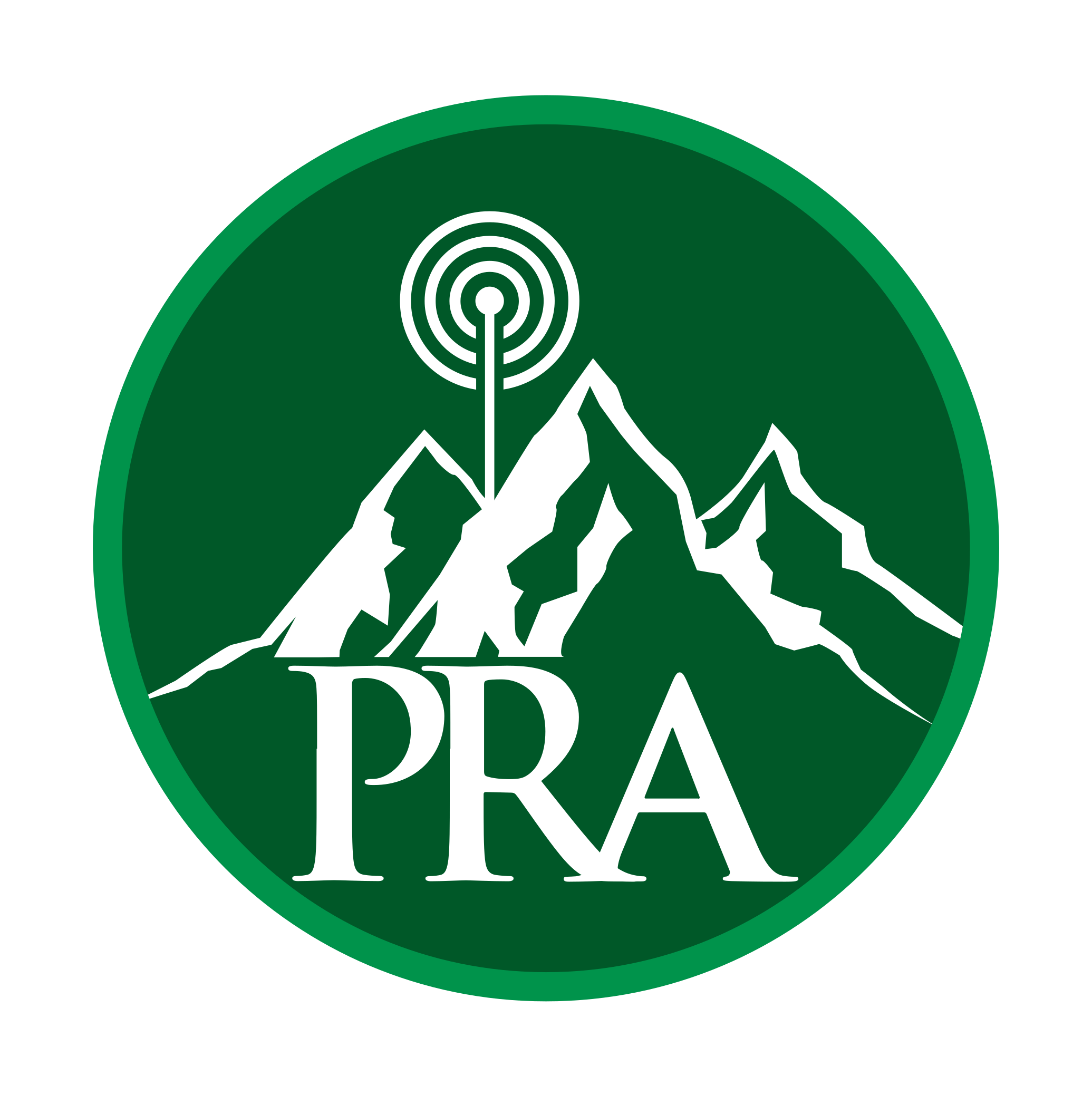
Amateur radio stands on the brink of an exciting transformation. Taking a step back from the technology as we know it today, what do you envision in the evolution of Amateur Radio? As technology relentlessly propels society forward, the landscape of amateur radio is poised to undergo significant changes in the next 10, 20, and even 50 years. While predicting the exact path is a formidable task, a glance into the crystal ball reveals a tantalizing glimpse of the potential future that awaits this beloved pastime.
In just a decade, amateur radio is set to ride the crest of the digital revolution. Advanced digital communication modes will reshape the way enthusiasts connect, offering efficient data transmission and robust error correction. Take stock in the momentum that digital modes like FT8 and JS8Call have taken in recent years. Satellite networks will proliferate, turning the heavens into a bustling realm for communication, while the Internet of Things (IoT) will fuse seamlessly with amateur radio, creating a world of remote possibilities. Through the IoT, virtual communities will flourish, fostering a global bond among operators and facilitating collaborative projects like never before. We are seeing the early adoption of the IoT in today’s business world, which fosters not only instant, but virtually current/updated information.
Venturing two decades into the future, amateur radio has the real possibility to enter into a realm of intelligence and autonomy. Cognitive radios, enriched by artificial intelligence, will redefine the art of communication, autonomously selecting optimal frequencies and modes. Propagation prediction algorithms will empower operators with real-time insights, enhancing their ability to adapt to changing conditions. Experimental technologies will infuse an air of enchantment into radio conversations, transcending the limitations of traditional two-dimensional interactions.
Half a Century Forward: Boundless Frontiers
Zooming half a century ahead, the horizons of amateur radio expand into uncharted territory. The possibility of interplanetary communication, allowing enthusiasts to transcend Earth’s boundaries. Wireless communication, with the potential of unrivaled security and instantaneous data transfer, could intertwine with the fabric of amateur radio, elevating it to new heights. As technology evolves, especially at the course and speed as it has in the last decade, we can venture to bet that amateur radio will be at the forefront, pioneering these communication frontiers.
Amidst the wave of technological progress and innovation, amateur radio retains its unwavering commitment to its core values. Holding true to these core values will remain non-negotiable to keep direction and focus on the integrity of the service. The vital role of emergency communication and community engagement remains intact, anchoring the hobby in its rich history. Even as new technologies emerge, a renewed interest in traditional communication modes may bloom, like analog, preserving the charm and nostalgia of yesteryears. At the same time, too, will autopatch make a comeback?
The future of amateur radio beckons with promises of uncharted territory and unprecedented possibilities. A harmonious dance between tradition and innovation will guide this evolution, ensuring that the time-honored essence of amateur radio remains intact. As we gaze into the crystal ball, we catch glimpses of digital wonders, cognitive marvels, and beyond – a testament to the enduring spirit of connection that has driven amateur radio for generations. Today is no better time to not only get on the air, but try a new mode. That new mode does not mean the newest of the modes, but a mode new to you, like CW. Maybe, just maybe, you could be at the forefront of preserving the charm.
73,
Dan – N2SRK
President
Parker Radio Association









